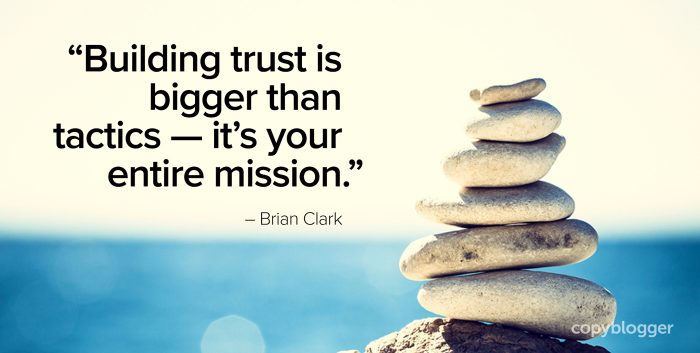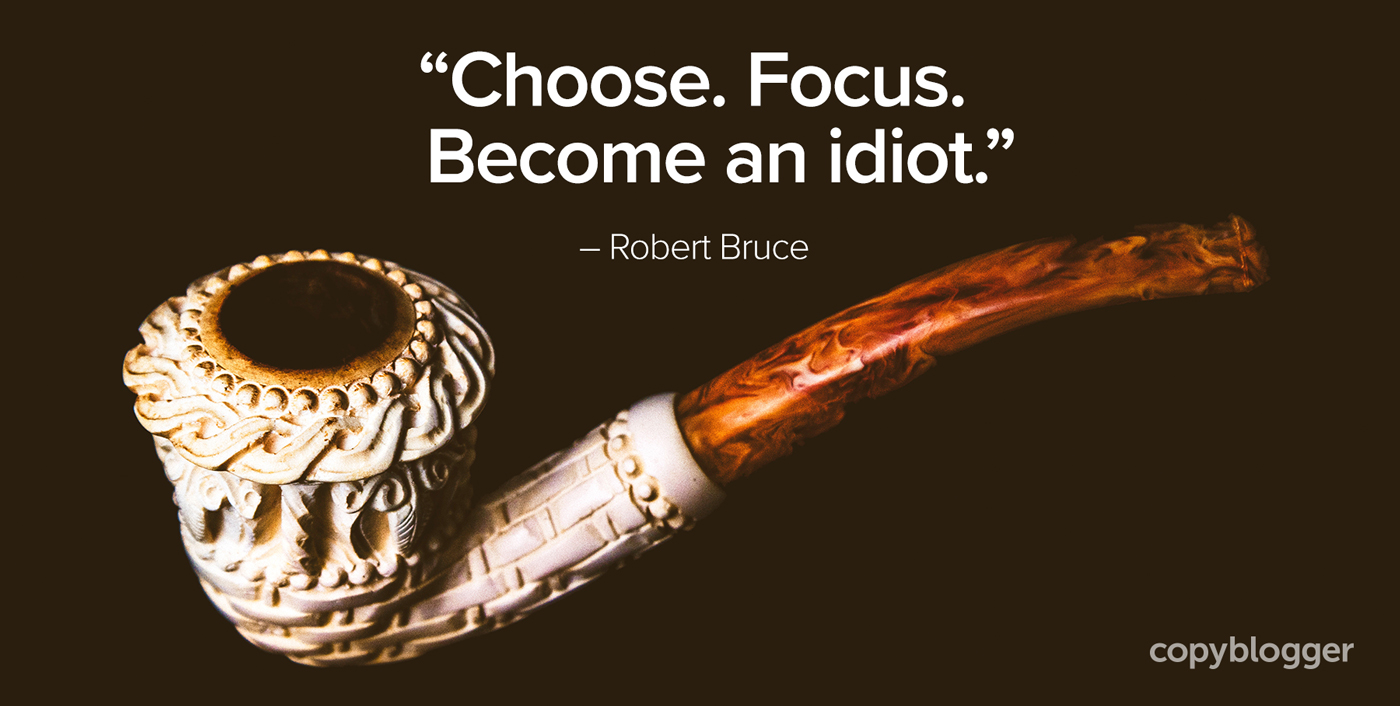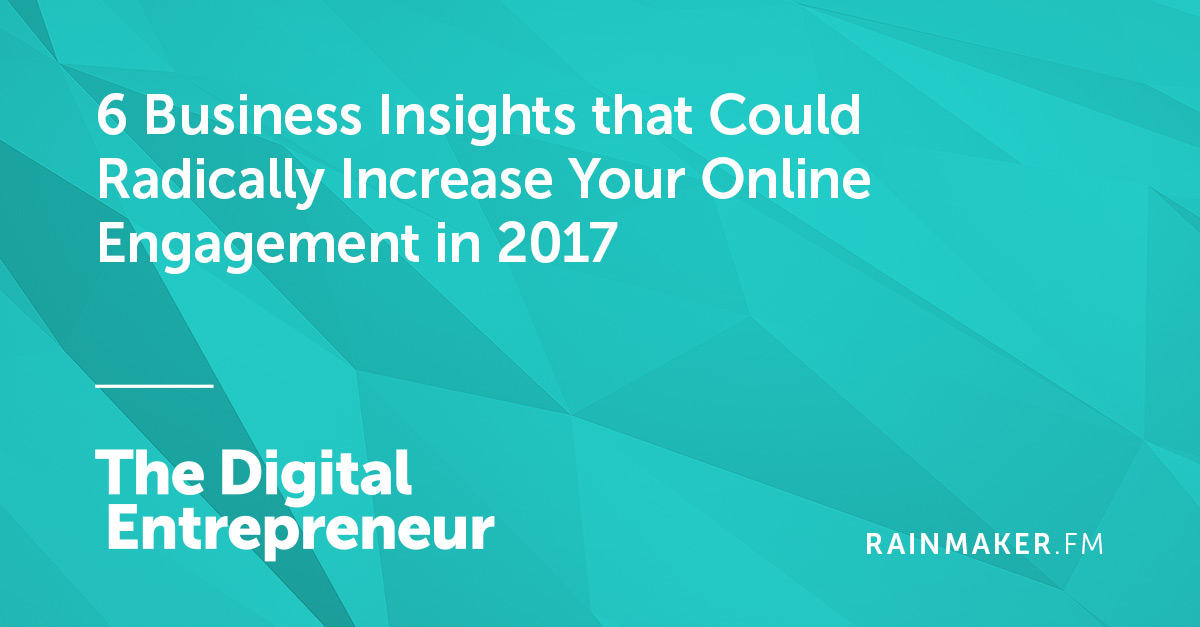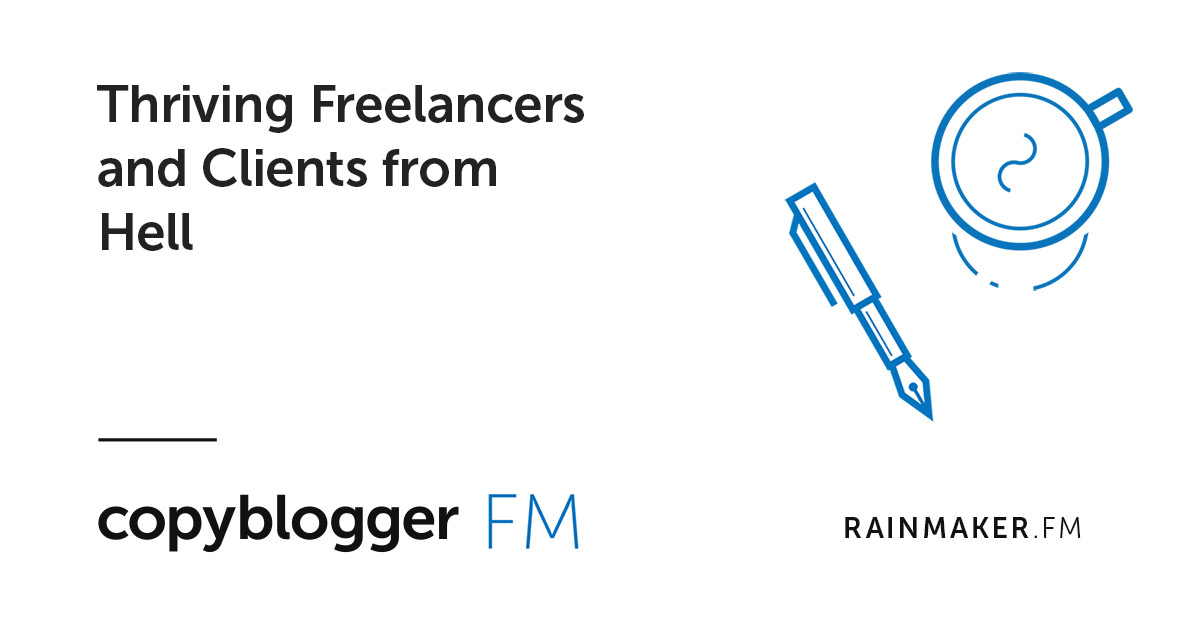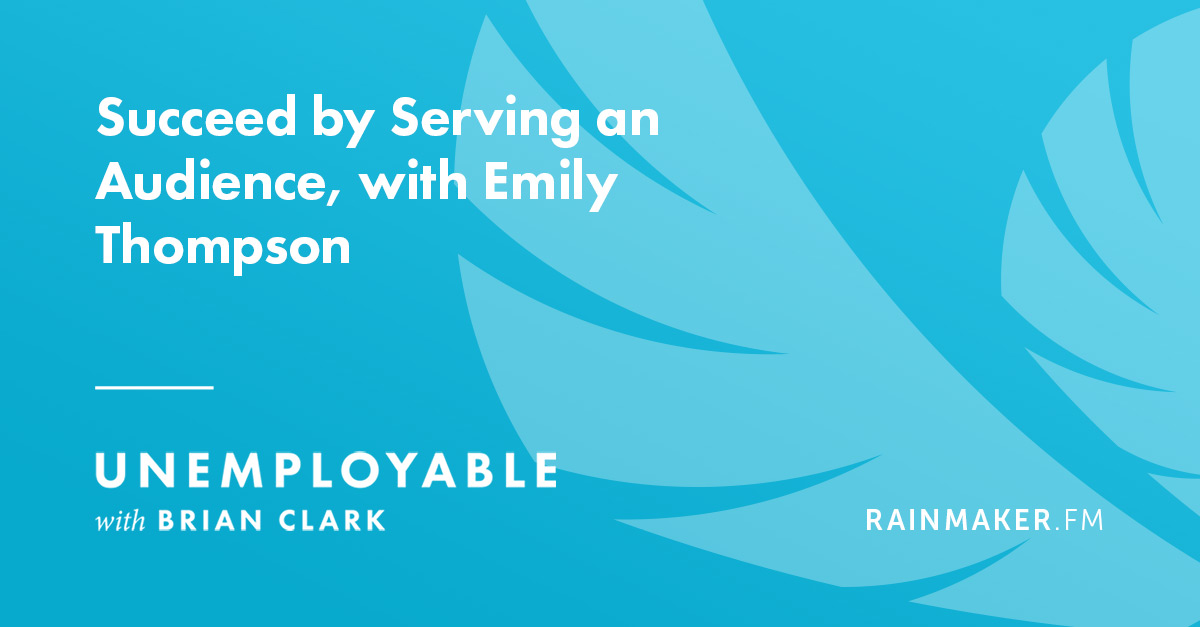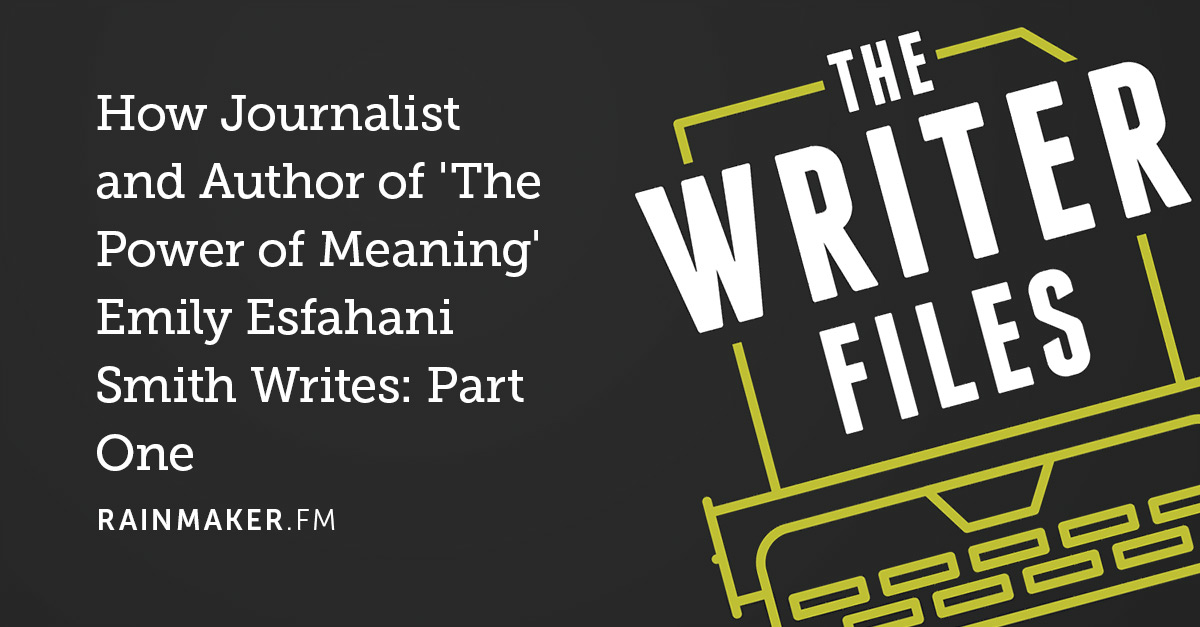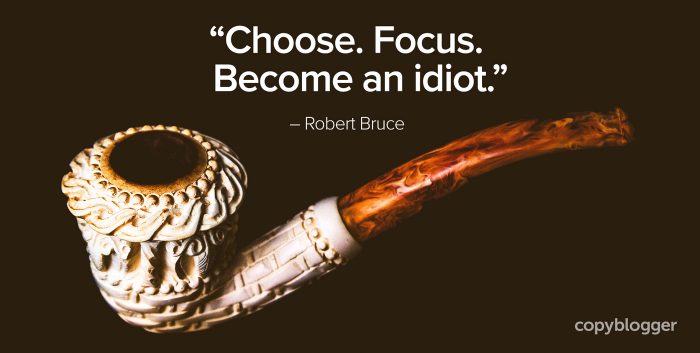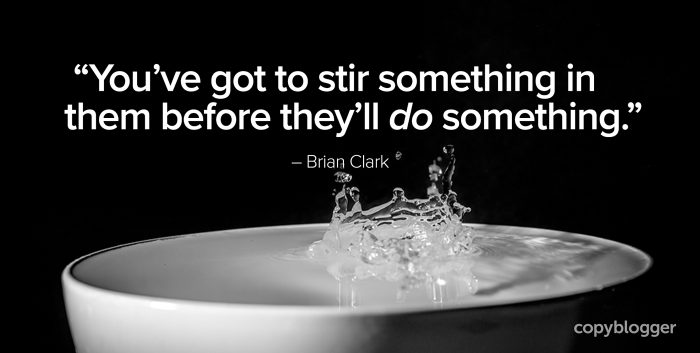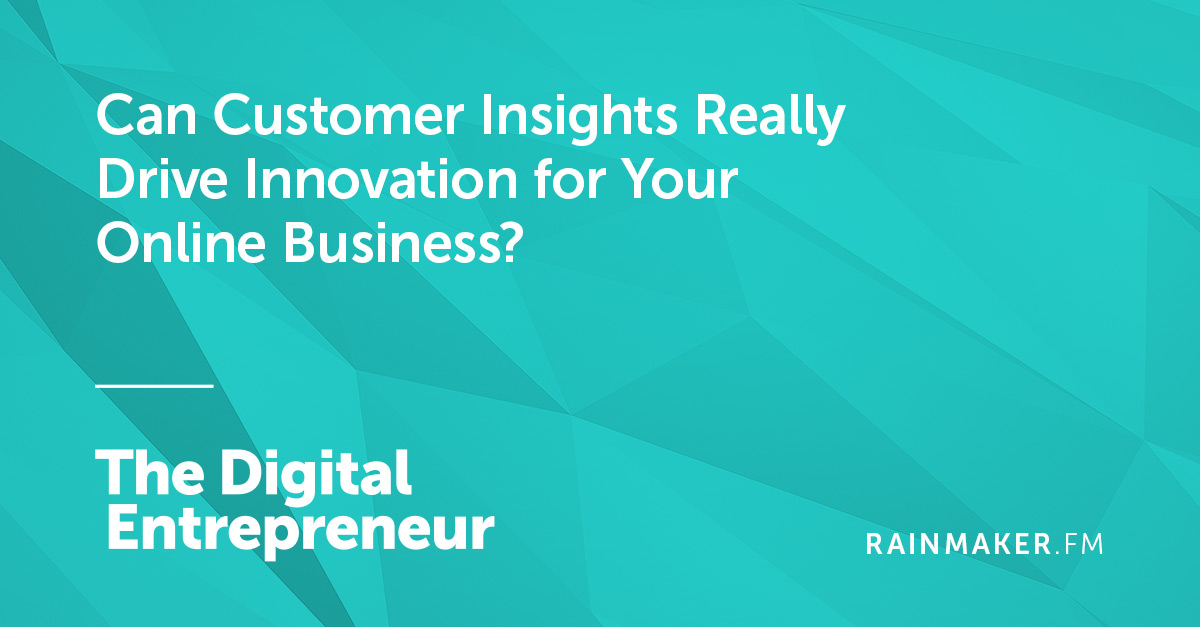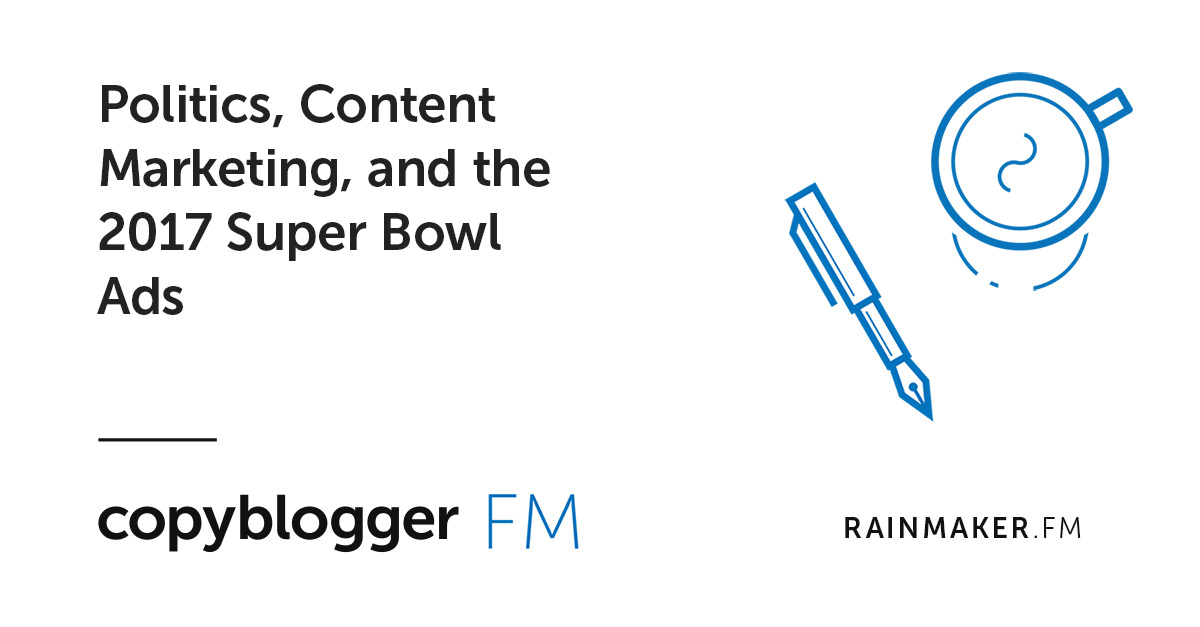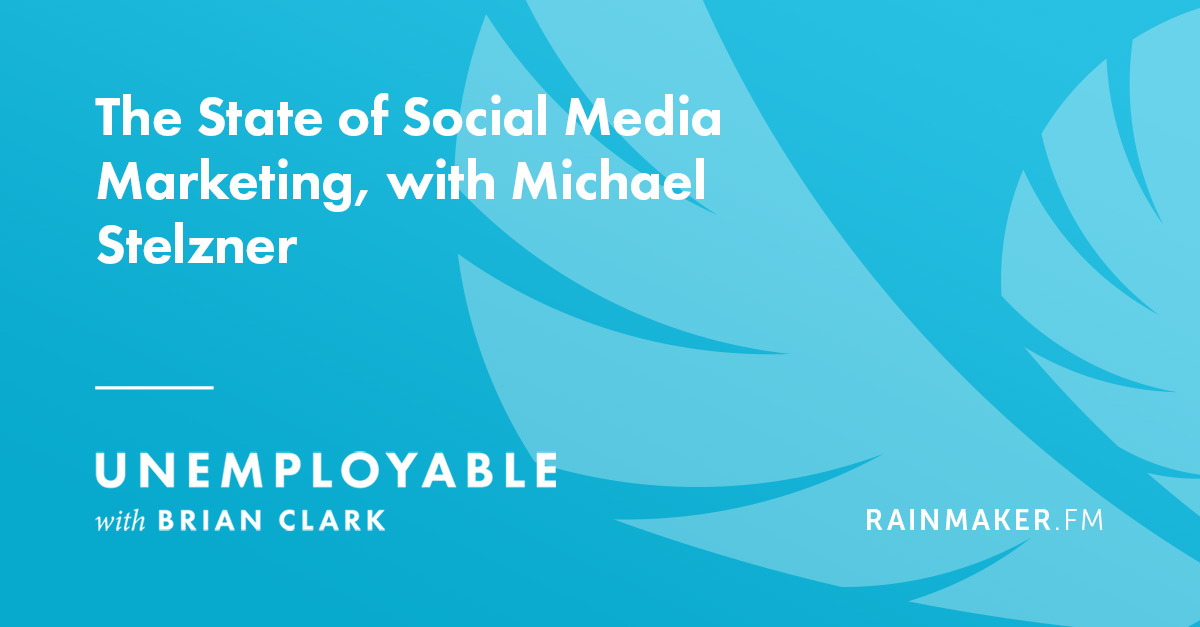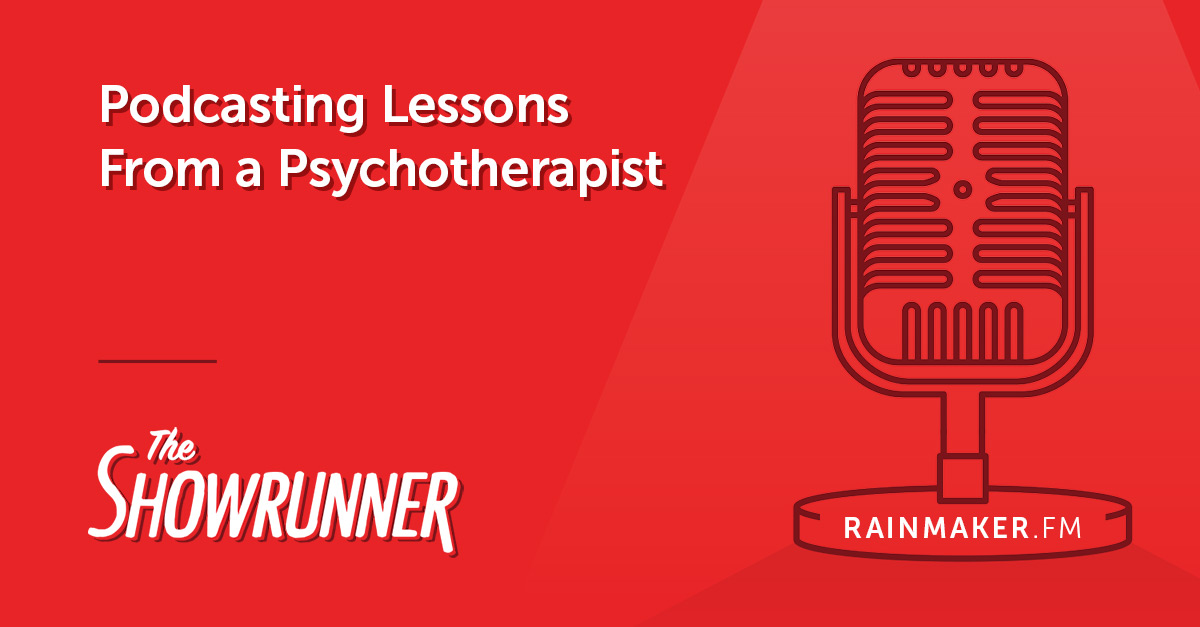 A story where data is the hero, followed by two mind-challenging business-shifting ideas.
A story where data is the hero, followed by two mind-challenging business-shifting ideas.
At a previous employer customer service on the phone was a huge part of the operation. Qualitative surveys were giving the company a read that customers were unhappy with the service being provided. As bad customer service is a massive long-term cost – and short-term pain –, it was decided that the company would undertake a serious re-training effort for all the customer service reps and with that problems would get solved faster. To ensure customer delight was delivered in a timely manner, it was also decided that Average Call Time (ACT) would now be The success metric. It would even be tied to a customer service rep’s compensation creating an overlap between their personal success and the company’s success.
What do you think happened?
There is such a thing as employees that don’t really give a frek about their job or company, they just come to work. You’ll be surprised how small that number is. (Likewise, the number of employees that go well above the call of duty, look to constantly push personal and company boundaries is also quite small.) Most employees work diligently to deliver against set expectations.
Reflecting that, in our story, most customer service reps, re-trained, took the phone calls with the goal of driving down Average Call Time. They worked as quick as they could to resolve issues. But, pretty quickly customers with painful problems became a personally painful problem for an individual customer service rep. They hurt ACT, and comp. Solution? If the rep felt the call was going too long, self-preservation kicked in and they would hang up on the customer. Another issue. If towards the end of the week/month your ACT was going to look terrible on your Manager’s dashboard, calls were picked up and hung up right away.
Result?
The success metric, ACT, did go down. The qualitative surveys measuring unhappiness went down even more than before. Likelihood to repurchase, took a painful hit.
What you deem as success creates an incentive for an individual employee, the group/division, your company’s partners, to behave in a certain way. When you choose unwisely, the long-term consequences can be dramatic.
Epilogue: There were lots of reasons for the fiasco above. ACT goals were set imprecisely. Too much emphasis was on Averages (remember averages suck, distributions are better). Reporting/dashboards were terribly created (CDPs anyone?). That ACT was an activity metric was terrible – if you have a The success metric, it should always be an outcome metric. The closed loop with customer was too slow and loopy resulting in a slower understanding of impact. And, you can’t discount a contribution the quality of leaders. Company did recover, their stock is doing fine. Now.
Humans are pavlovian. Incentives matter. Metrics matter. A Key Performance Indicator (KPI), our industry’s lingo for what becomes The metric, has massive influence.
Let me share a real-world story with you about this phenomenon, how I end up simply framing the problem above, and the solution for my clients.
An amazing blessing of my professional life is the opportunity to work with influential companies around the world. At one such recent opportunity, I wanted to communicate two simple but powerful elements.
1. You are what you measure.
Set better incentives for the org, see above life-lesson. Additionally, I passionately believe that optimal metrics help solve for more than an individual’s behavior. They help incentivize the elimination of siloed thinking amongst teams/divisions, politics, and self-serving execution that naturally creeps into every organization of every size.
If you pick the right metric, you can get people to care about the goals of their neighboring team/division. You can even get them to care about the long-term interests of the company.
2. Obsess about individual humans.
Zeroing in on digital specifically I wanted to create an north-star for brilliance to emanate through solving of tough problems over time.
My solution was two fold: Bring two lovely things into the equation: Profit & Humans!
I encouraged a ladder of awesomeness type shift from third-party cookies to first-party cookies to browser based persistent-id systems (in place today) to cross-device digital ids to a unified online and offline id (I call it nonline id) to finally a named human id pan-all-existences. Truly omg coolness.
Identity is key because currently targeting capabilities far out-strip any organization's ability to take advantage of it. Throw in Machine Learning and I weep at how many glorious sales, marketing, deep relationships initiatives are impossible because companies have not solved identity. (You, I’m talking about you!)
It is not easy. But, it is solvable. See where you are, go up one step. Then one more, then one more. Obsess about identity.
Great ideas are nice. Being able to communicate them simply is hard. As you’ve read in the Forbes article, I love storytelling.
I attempted to communicate the complexity above in a single picture.
Here's what came out of my doodling with crayons…

Like perhaps most large organizations, this one was a bit more focused on Cost. While not optimal, it was understandable given the evolutionary stage they were at.
I tried to incorporate their reality, and my picture starts with the metric they used to measure success and quickly moves to the right to metrics I believe are more impactful to the one on the very right that is an impossible dream at the moment (the north star).
Here are the definitions…
Cost Per Impression. An almost, if not entirely, useless metric no matter where it is applied. No one should use this for anything ever. World peace will be hastened by a millennia.
Click-Thru Rate. A little more interesting. Helps shine a light on the ability to do clever targeting, the content in the messages/ads, and smartness in bidding strategies. Good tactical wholesomeness.
Cost Per Lead. An outcome! Yes. In this case this was technically a micro-outcome in this case (conversion is offline). Still, very nice.
Cost Per Human. See the pivot? Per Human. In my definition, this is also online to offline, offline to online or whatever the heck to whatever the heck. It is very hard to do, you have to solve so many tough problems. It also has massively delicious implications in your data, acquisition and retention strategies (ignoring the sweet, heavenly, implications on your customers).
I realize that between CPL and CPH you go from crawling to flying. But, that is what north stars are all about.
Profit Per Human. What every company and non-profit really, really, really need. Why care about something as lame as cost? The only thing that matters is profit. Per. Human.
[Bonus: Remember, you can measure profit everyday in Google Analytics!]
An incredibly complex story, with implications up and down the organization, with smarter tactical and strategic choices, and a long-term hard problem to solve, all wrapped into one simple slide. When you communicate, that is all you need, after all you are the story and not the thing on the screen.
I of course built the story out piece-by-piece, when I was done, this is how it looked…
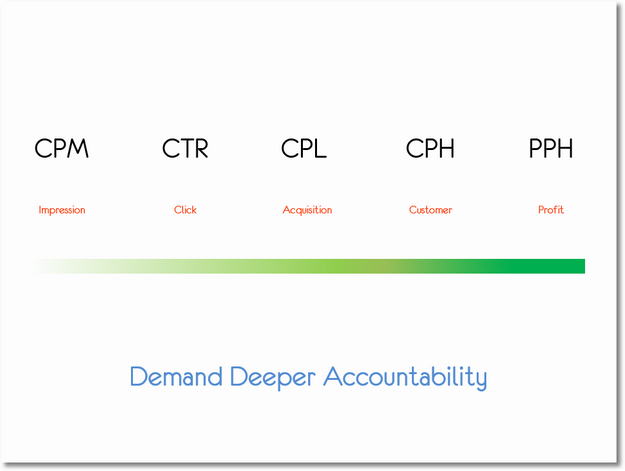
Imagine for a moment the behavior of your Acquisition team (call it Sales, call it Marketing, call it Tony), if you measure them based on CPM or CPL. Each incentivizes such a different behavior, right?
Applying it to digital advertising…
Shove ads up people’s faces like crazy, who cares if there are 300 words of content surrounded by 18 ads? CPM baby! These Marketers write articles and give conference keynotes that obsess about “viewable above-the-fold ads.” A heartbreaking obsession, but remember it is what they are being incentivized to care about.
Or, worry a ton about the three ad levers you can pull, Content, Targeting, Bids, to ensure you are optimizing for the max leads you can get. Will this marketer give two hoots about “viewable above-the-fold ads”? Only to the extent that their three levers might be influencing less clicks. Instead, they shift that problem to the ad-network (yes!). Let them ensure the ads are showing up in non-crappy-more-relevant sites/apps where the Content and Targeting results in a click to a lead. Good behavior shift.
Extend the above incentive purification and imagine the day-to-day behavior of your Acquisition team if you measure them based on CPH. Or… PPH. See, how dramatically different their execution strategy, their obsessions will be?
Can you imagine why I say team and organization and online-offline silos will be broken as you go further to the right? No one person can succeed without active collaboration, and empathy, with rest of the teams!
That's what you want for yourself or teams that you lead. PPH.
One more thing.
Taking this out of the confines that define the reality of the client, you know that I don’t obsess about Cost this much. It tends to have other unintended consequences (especially lower down in organizations).
Hence.. Here’s an important switch to one of the five metrics to better reflect my worldview…

Revenue Per Human.
Subtle change. But, you want people to obsess about Revenue and not Cost. Else people do frustratingly short-sighted things. This is real, from last week: "Our 2017 goal is to reduce the cost of your display campaigns by 20%."
I wanted to die.
Who gives a small kiwi if costs are down by 20% or up by 40%? Are you making more money every day? Are you taking advantage of the complete opportunity to win in the market? Is your competition stealing share by the bucket load while you obsess about cost?
If 10xing your revenue requires that you quadruple your costs, what's the problem?
Remember, we still have PPH to ensure that the revenue we are driving is driving a positive influence on the bottom-line of the company.
Yet, most senior executives in the world incentivize their organizations to solve for cost. Then, they are surprised that they are losing market share or a new competitor crushes them. Hey, costs are lower this year! #winning #not
But wait, there’s more!
Since I’m now solving for all of you, one more critical evolution to bring this baby home.
If you have read anything I've ever written, you know that I obsess about ensuring every view I have, every portfolio of segments I have, every dashboard I create, every incentive-structure conversation I lead, every business strategy I help craft has to have the three elements that form an end-to-end view: Acquisition, Behavior, Outcomes.
In the picture above, you'll notice I have Acquisition metrics, Outcome metrics, but no behavior metrics.
Not nice. Let's fix that.
There are many candidates, I wanted to have something that _flows_ with the story I was trying to tell… Something that would still incentivize optimal behavior… Something a little unorthodox to push your thinking… Here's my recommendation…

Cost Per (unique) Page View.
I said orthodox, did I not. :)
Measure what it cost you to drive every page view (unique). It gives you a sense for content consumption. It will include all the bounced sessions (pain). It will get you to dive deeper into what site/app sections people visit, what they are not reading, what they do read, how many unique page views does it take to get a Lead, what about freshness of content, anything about layout and experimentation, so on and so forth.
Not quite perfect, but an unorthodox start to demonstrate the creativity you can bring to this.
Regardless of the version of the story you use, it is important to create an end-to-end picture for your own company, your own work.
You will matter more to your company as you personally shoot for the right side of the picture. It will be simply because you are solving for a KPI that actually matters when it comes to the fundamental existence of your company.
Got PPH?
Inspiration: The Identity Spectrum, Ideal Solution.
So much of my solution for your huge success (imagine that being said as: yuge success ;) is dependent on identity. That last bit I added above, Human, has meant many different things over the evolution of the web. There are so many different identity mechanisms out there.
To help you traverse through them, and to get you to Human as in an individual warm body, here’s the identity spectrum we have access to today…
Cookies 3rd.
Most advertising networks use third-party cookies (cookies they set inside mobile and desktop browsers on your behalf – but not as you). These cookies tend to be fragile as they are not accepted in many browsers and are more often deleted – by choice or default. In the past they were roughly equivalent to a person as we all had one computer with one browser. They are not the most primitive form of any measurement (though if you only rely on your ad-network for success metrics of any type then you don’t have a choice, you are stuck with this fragile thing, and I offer a heartfelt sorry that your world is sad).
Here’s one metric you might have heard of that relies on 3rd party cookies: View-Thru Conversions. (Cue sad music.)
What can yo do with third-party cookies? Hold yourself, your ad networks, accountable in a narrow silo.
Cookies 1st.
These are set by existences you own. You’ll recognize these most commonly as being set by Adobe or Google Analytics on your site to better track metrics like Sessions and Users. They tend to be a lot less fragile because most personalization and authorizations except this capability. There is still a decay, if you want to get a sense for it checkout the Recency reports in your analytics tool. They are terrible at identity now as we all use multiple browsers on the same machine, and of course we use laptops, desktops, tablets, and phones (sometimes all at the same time with the same digital company!). It is imperative that you get off it as soon as you can.
Pretty much every metric in your Google Analytics reports uses first-party cookies as the identity mechanism. Conversion Rate. Bounce Rate. Visits to Purchase. Pageviews Per User.
What can you do with first-party cookies? Create better experiences in individual browser (as in Chrome) silos. Leverage advertising solutions like RLSA.
Login-ID 1st.
I’m a paying subscriber to my beloved New Yorker magazine. I’m logged into it’s site on my desktop, laptop, tablet, and phone. I’m logged into the browsers and the mobile application. This empowers the people at Condé Nast to dump cookies and use any digital analytics platform to rely on my login-id as identity to stitch my experiences and truly understand my Acquisition, Behavior and Outcome touch-points.
Login-ID is not fragile (for me the site/apps won’t even work without it). For The New Yorker they can easily tie to my name, address, credit card and a more. I know Condé Nast does not leverage any of this because none of their platforms show any level of personalization, none of their offers for upping the subscription, none of their ads I see anywhere around the web, etc. show any intelligence related to me as a person. Sad. But. At least the possibility exists, and hope that Condé Nast will wakeup one day to the deeper loyalty and delight they could create using this identity.
For most of you, Login-ID might just be an account someone created on the web or a email address that someone used to sign up for your mailing list. In these cases of Login-ID you don’t have the tie to a human like above, but it is still better than cookies! Switch to 1. using an identity system that relies on Login-ID and 2. create meaningful incentives for people to login to their account.
Cookies as an identity are now only for those who don’t care about their digital business. Login-ID (the New Yorker variety or the signed up for an account) should be default.
For the most glamorous amongst you (I of course mean all of you!), you can stitch the third-party and first-party cookies littered around for your individual Login-IDs and paint an even more robust picture. I recommend this not as the default (because it is a lot of work), but rather as something you can do when *all* other business problems have been solved.
[Bonus: Here’s how to use Universal Analytics to implement Login-ID identity on your digital existences.]
What can you do with Login-ID identity? See above New Yorker example. Summary: Personalized experiences via intent inferred from expressed behavior. Smarter Search, Display. More interesting understanding of Profitability (it will blow what you do with default first-party cookies with Adobe/Analytics out of the water on day one!).
Login-ID 3rd.
For people who can’t do above sometimes tend to rent an identity system from a third-party. This would be you implementing the Facebook identity system on your site, or one from Google or someone else who currently has most of the internet as it’s User.
So, people can log into your website using the Facebook identity system. With it comes the reduction of the pain of getting people to signup, and also additional behavioral data that the identity platform (say Facebook) would like to share. With it also come limitations related to how much of the customer data and relationship with the customer you own, as well as how much of this can you tie to your online, offline systems.
If you simply can’t do Login-ID on your own for any reason, this is a compromise is less worse than simply relying on cookies.

Nonline Customer-ID.
An improved variation of Login-ID 1st strategy. Most companies (think any retailer for example) still operate their identities in a silo. There is one for online (the one above), there will be another when you call on the phone (it might be your registered phone number), there will be a different one for when you walk into the store, and depending on if they own the store or if it is a channel for them, there might be one more.
Nonline Customer-ID is an identity platform that allows you to tie all of the above experiences down to one.
It could very well be my phone number. If I’m on your website, mobile app, call your phone center, walk into your store, or anything else, you use my phone number to know it is an individual. In this case, you come very, very close to Human.
Soon it could also be a BLE device implanted in my body that, in close quarters only, allows you to identify me when I am on your site (using a reader on my laptop), in your app (reader on the phone), in your store (readers in your ceilings) and so on and so forth.
It could be other things. I’m not opining on the pros and cons of doing this, I’m leaving out how you feel about this. That is for governments, companies and you to decide.
What can you do with Nonline Customer-ID identity? The ultimate deep level of understanding of customer behavior (as in customer), effectiveness of your marketing and service strategies, profitability, and everything else. If you want to imagine how insightful this can be, close your eyes, think of your business, imagine you have a Nonline Customer-ID platform, think of your current marketing data-driven attribution report. You realize how much this current holy grail sucks, right? That’s what I mean. Times 1000.
Nonline Customer-Id is an identity system will finally allow you to behave as one company and understand one person. B2B. B2C. A2P. DJT.
Nonline Customer-Name-ID.
This won’t apply to all companies, but as I’m deeply passionate about delighting every single individual human I wanted to share this purer version of Nonline Customer-ID.
Let’s take the most famous example: Amazon.
Today, Amazon is as close to Nonline Customer-ID as an identity system as you can get. Every touch point from site experience to mobile app to chat to phone (yes, they have that!) etc. play off the same identity.
But, in my family, like perhaps yours, my spouse and I both use the same identity (and both buy and ship things under my name to our home).
Amazon does not understand us individually though. From the recommendations it gives us to greeting her with my name everywhere, it is stuck with just Nonline Customer-ID identity.
But. Amazon has cookies. It has access to device-ids for mobile. It has access to pages viewed. It has access to products shopped from various browser IDs. And more.
They can easily use two or more of those to assign a Nonline Customer-Name-ID to my wife and to me. In one amazing instant, it would understand us individually and be able uniquely deliver deeper personalization, offers, support, and more.
It won’t be perfect. Perhaps it is off by 5%. But, it would be exponentially better than what exists today (which honestly is already better than 90% of the companies on the planet). And, Amazon needs it’s customers to do nothing new.
Additionally, Amazon could understand Home and understand Avinash and Jennie. Imagine all the possibilities that that unlocks.
What can Nonline Customer-Name-ID do for you? Cross-device intent customized smarter experiences that power relationships and not just shopping. Nirvana.
Now you know what it takes to truly get to Human. To real PPH. The only metric that matters (even for a non-profit). And, we’re not just talking about digital.
Got Human?
As always, it is your turn now.
Considering our metrics incentive spectrum pictures above, where is your company in terms of incentives for it’s employees? Are your little team, or your giant division, solving for the global maxima? If you are a leader, what incentives have you created for people who work for you? What element represents your company’s current identity system? What roadblocks do you see in front of you to get to Nonline Customer-Name-ID?
Please share your ideas, struggles, criticism of my ideas, worries and joy via comments below. I’ll be most grateful for the conversation.
Thank you.
Cookies To Humans: Implications Of Identity Systems On Incentives! is a post from: Occam's Razor by Avinash Kaushik

from
http://feedproxy.google.com/~r/OccamsRazorByAvinash/~3/NguzYAUhHhE/










